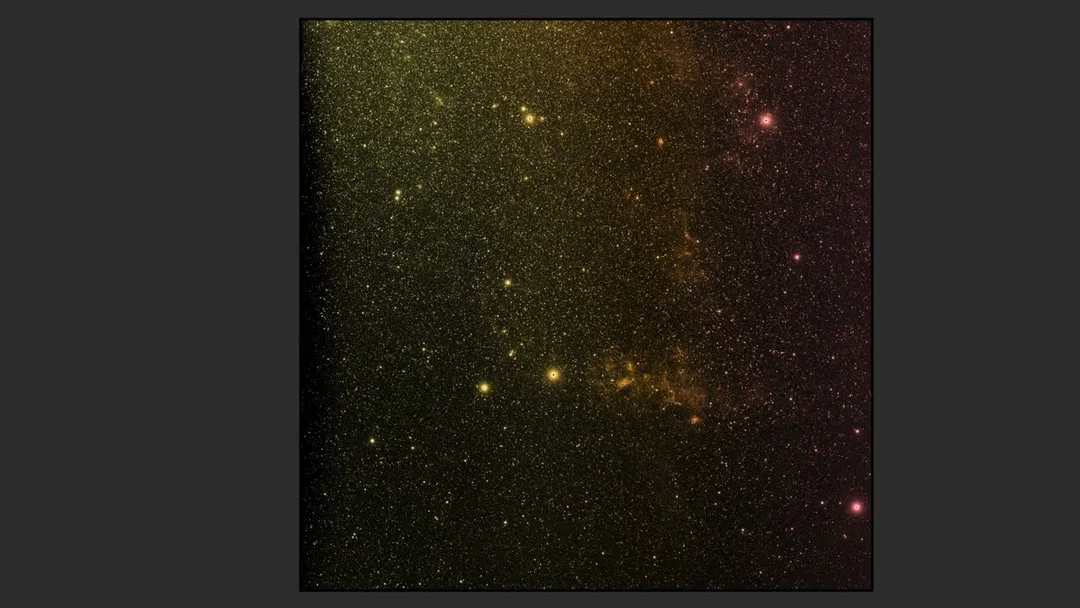
NASA’s SPHEREx Telescope Begins Mapping the Entire Sky: A New Era for Cosmic Discovery
NASA's SPHEREx space telescope has officially commenced its mission to capture approximately 3,600 images daily, creating an unprecedented full-sky infrared map. Launched on March 11, 2025, this observatory is orbiting Earth, poised to collect data that could revolutionize our understanding of the universe's origins, galactic structures, and the essential components of life. But why is this mission so critical and what makes it unique?
After six weeks of rigorous calibration and system checks, SPHEREx (Spectro-Photometer for the History of the Universe, Epoch of Reionization and Ices Explorer) is now fully operational. Unlike typical space observatories that focus on specific regions, SPHEREx is designed to map the entire celestial sphere in over 100 infrared wavelengths. This comprehensive approach will enable scientists to track the evolution of the cosmic landscape over billions of years.
"Thanks to the hard work of teams across NASA, industry, and academia that built this mission, SPHEREx is operating just as we'd expected and will produce maps of the full sky unlike any we've had before," stated Shawn Domagal-Goldman, acting director of NASA’s Astrophysics Division.

How does SPHEREx achieve this? The telescope utilizes reaction wheels to precisely control its orientation. Completing roughly 14.5 orbits daily, it captures circular image strips that gradually cover the entire sky as Earth rotates around the Sun. Over its planned 25-month mission, SPHEREx will perform more than 11,000 orbits, generating four complete sky maps. Each observation involves six detectors capturing light at varying wavelengths, providing detailed chemical fingerprints of cosmic phenomena through spectroscopy.
"We're going to study what happened on the smallest size scales in the universe's earliest moments by looking at the modern universe on the largest scales," explained Jim Fanson, project manager at NASA’s Jet Propulsion Laboratory (JPL).
Unveiling the Early Universe SPHEREx is uniquely positioned to investigate cosmic inflation, the rapid expansion believed to have occurred just after the Big Bang. By mapping the three-dimensional positions of galaxies, the mission aims to decipher the physics behind the universe’s explosive birth. These initial moments, when the universe was smaller than an atom, left subtle imprints in the distribution of galaxies that SPHEREx will analyze.

Exploring the Ingredients for Life SPHEREx will also examine the Milky Way for water and other life-enabling compounds. With over 9 million planned observations, the mission will scan interstellar clouds to understand how these chemicals formed and dispersed. The telescope can even detect the faint glow of galaxies long gone, measuring how that glow has evolved. Scientists theorize that Earth's oceans originated from frozen molecules on dust grains in the interstellar cloud that birthed the Sun, a theory SPHEREx could potentially confirm.
"The performance of the instrument is as good as we hoped. That means we're going to be able to do all the amazing science we planned on and perhaps even get some unexpected discoveries," said Jamie Bock, SPHEREx’s principal investigator at Caltech.
Mapping the Unknown What truly distinguishes SPHEREx is its ability to map the entire sky in so many infrared colors. Its findings will complement future missions like the Nancy Grace Roman Space Telescope, enabling NASA to construct a more complete cosmic narrative. By the mission's end, SPHEREx will have accumulated data spanning both the sky and time, playing a crucial role in addressing the universe’s biggest questions, as Domagal-Goldman stated.
SPHEREx is not just taking pictures; it is embarking on a comprehensive mission to decode the origins of the universe and explore the building blocks of life. What potential discoveries do you think will emerge from this ambitious endeavor? Share your thoughts and predictions in the comments below.